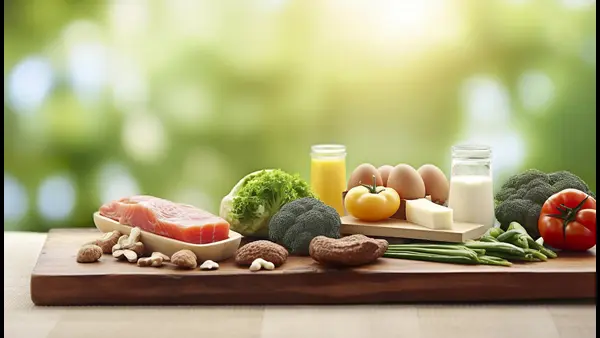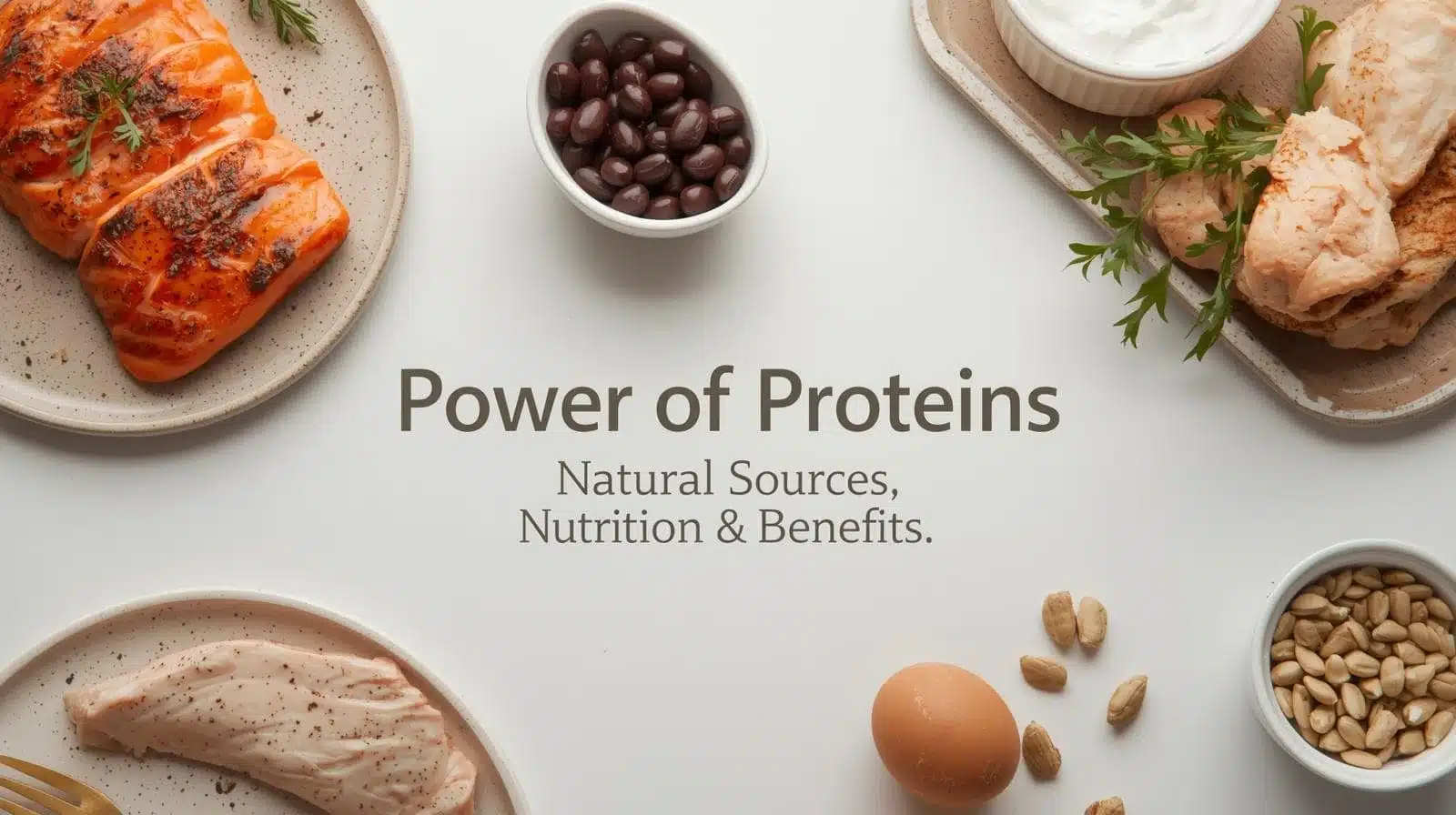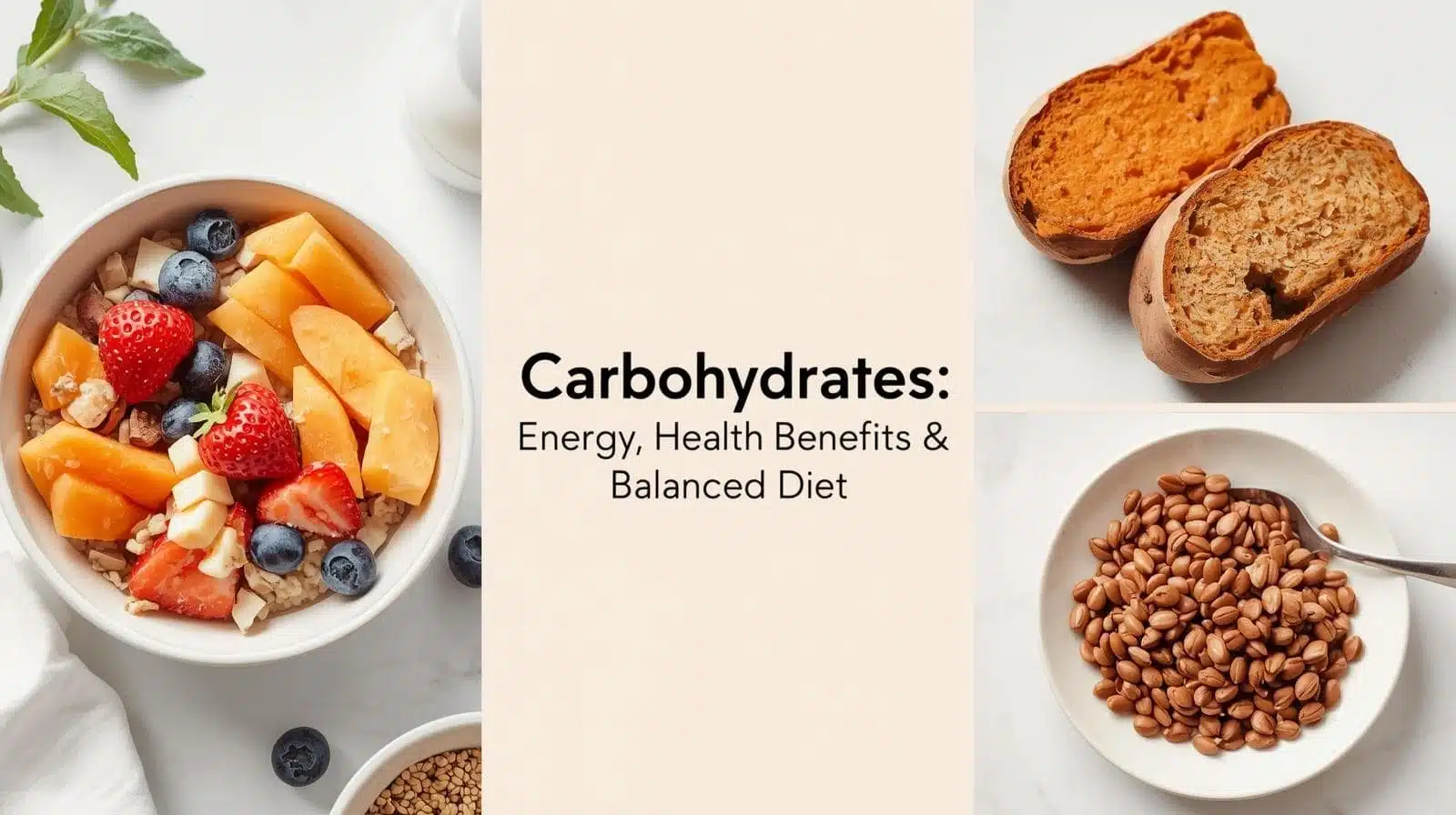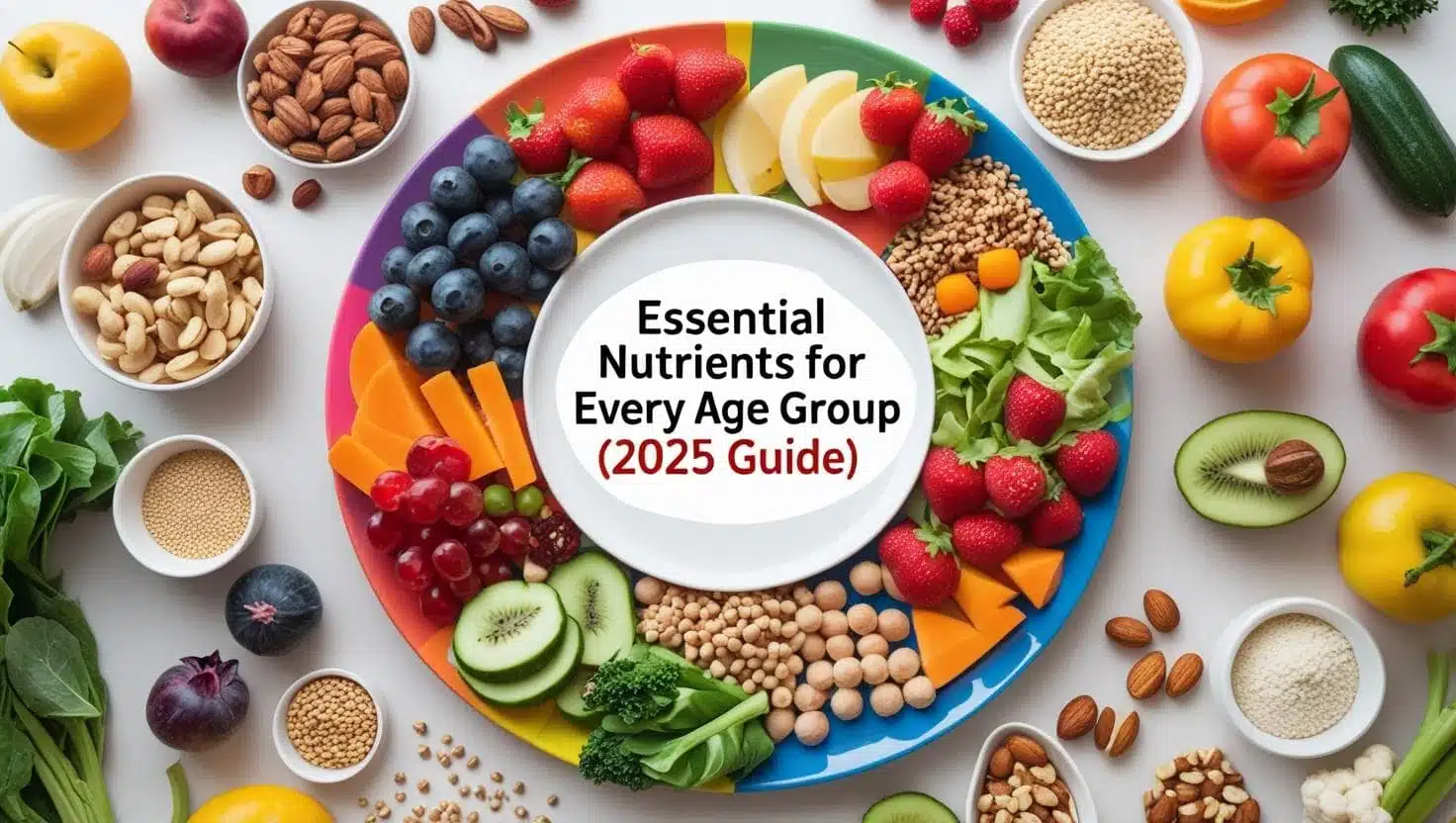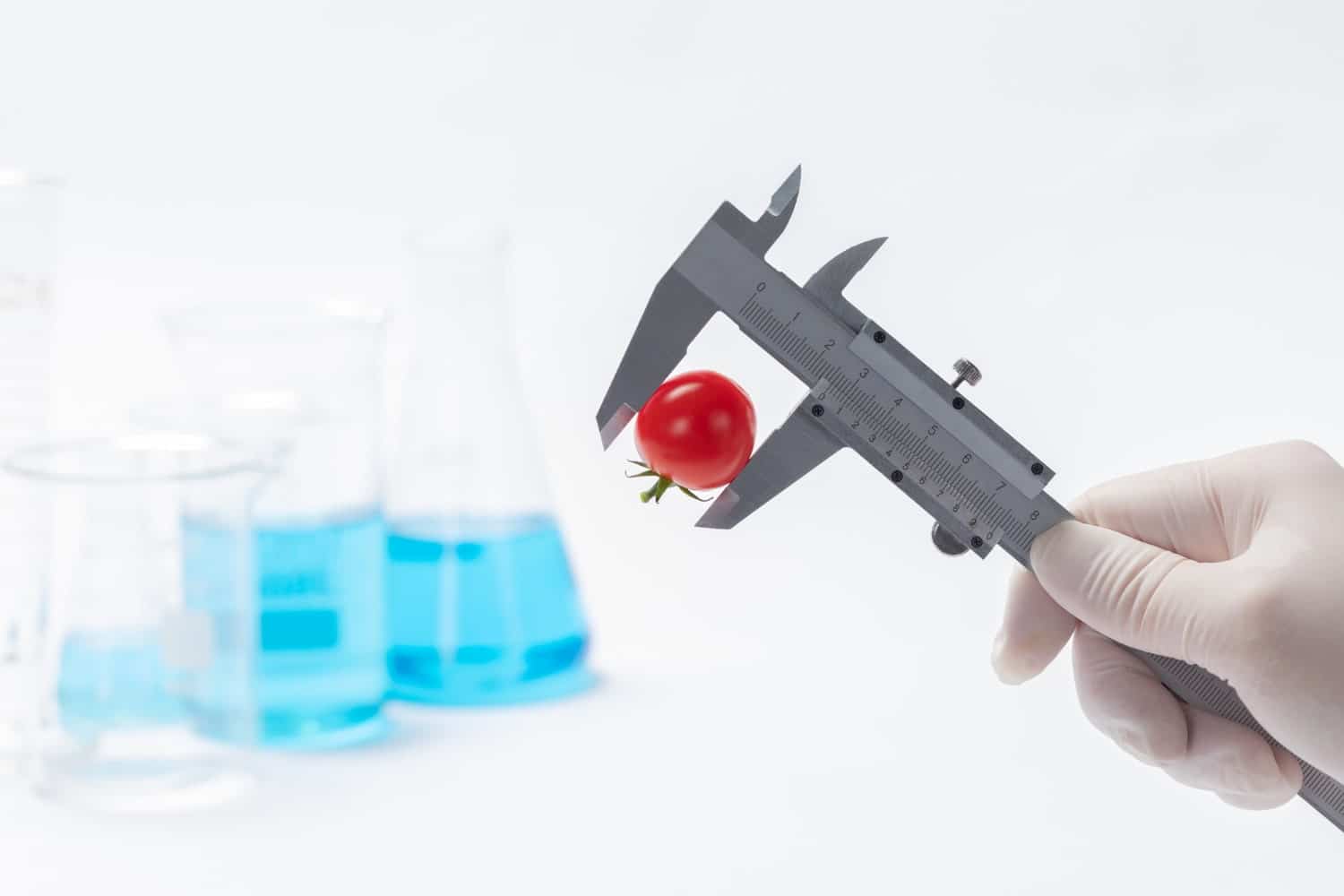
Hello everyone! Allow me to save you time if you’re inquisitive and constantly scrolling for the most modern nutrition science. This list isn’t clickbait. In 2025, we are experiencing both confusion and evidence-based advancements. For you, this post is an entertaining, approachable, and scientifically rich guide.
In 2025, nutrition science is moving from general recommendations to a bold new era founded on solid data and rigorous research, combining AI with sustainability, personalization, and precise nutrition research.
What we eat for health and longevity is being shaped by recent data from reliable sources like the US 2025 Dietary Guidelines Advisory Committee (DGAC), meta-analyses, and AI-based innovations.
What Is Modern Nutrition Science?
Modern nutritional science builds on these insights. It is the study of how biological processes and health outcomes are influenced by food, nutrients, dietary patterns, and food systems. Important characteristics include:
From reductionism to dietary patterns
Modern science measures the effects of aggregate patterns, like the Mediterranean diet or a diet high in ultra-processed foods, on cardiometabolic health, immune system, cognition, and other areas, rather than focusing on individual micronutrients.
Intensive mechanistic understanding
It examines the long-term effects of diet quality on liver metabolism, microbiome balance, appetite control, fat storage, and gene expression.
Focus on accuracy and emerging topics
Nutrigenomics, nutripegnomics, nutritional immunology, and the application of digital/AI tools for tailored recommendations based on lifestyle, microbiome, and genetics are examples of cutting-edge science.
Real-world dietary contexts and policy implications
The equity dimension of health—knowing how socioeconomic factors, the food environment, and food technology influence access to nutrient-dense foods—is receiving more attention. The goal of the policy is now to replace labeling with diet-based public health measures to combat malnutrition.
Multidisciplinary evidence base
Results are based on omics-level research, mechanistic studies, correlational analyses, controlled interventions, and assessment of novel food production and processing techniques, such as new plant-based and alternative proteins.
What’s New In Nutrition Science This Year?
2025 DGAC Report and USDA Insights
Because of their fiber content and nutritional advantages, plant-based proteins like beans, lentils, nuts, seeds, and so on are recommended as the preferred protein group in the 2025 Dietary Guidelines Advisory Committee (DGAC) report, which will influence the 2025–2030 Dietary Guidelines.
In order to honor dietary preferences and cultural customs, the report presents the adaptable “Eating Healthy Your Way” model. Although ultra-processed foods are considered problematic, their definition’s inconsistencies present the biggest obstacle. By addressing inequalities in access to nutrition, it also highlights health equity.
Fiber is a big gap
95% of American adults only consume an average of 16 grams of fiber per day, compared to the recommended 25–34 grams, according to USDA data and three other sources. Americans only get 8.1g of fiber per 1,000 calories, or 58% of the recommended amount. It is obvious that fiber is a public health concern.
Fibermaxxing is trending (the right way)
Health professionals are hesitantly supporting “Fibermaxxing,” which is popular on TikTok and other social media sites. To prevent GI distress, nutritionists advise consuming whole food sources such as vegetables, beans, chia seeds, and oats with lots of water and gradually increasing fiber intake. Improved digestion, blood sugar and cholesterol regulation, and a lower risk of heart disease and colon cancer are among the advantages.
AI powers personalized nutrition
MealMeter and NutriGen, two new AI tools, provide surprisingly accurate meal tracking. MealMeter has an average error of only 13 grams for carbohydrates and estimates macros using wearable sensors (continuous glucose, heart rate, and movement) and machine learning.
NutriGen generates customized meal plans that achieve calorie targets with an error of 1.5–3.7 percent using USDA nutrition data and large language modules. This is the age of accurate, scalable dietary recommendations.
Dietary biodiversity is a growing focus
In order to promote sufficient micronutrient intake, microbiome diversity, and sustainable food systems, scientists are placing more and more emphasis on dietary biodiversity, or consuming a variety of nutrients from plants, grains, legumes, and lean proteins. Its function in enhancing dietary resilience and lowering the risk of chronic diseases is supported by research.
Mental Health Gets Spotlight: Brain Diet Results
According to new research in NUTRITION 2025, the MIND diet, which combines the Mediterranean and DASH patterns, lowers the risk of dementia by roughly 9% overall and by 13% for participants who are white, African American, and Latino. Adherence for more than ten years decreased the risk by twenty-five percent.
Why These Trends Really Matter To You?
Whole Food Plant Protein = Twin Benefits
Two issues are resolved by concentrating on plant-based protein: inadequate protein consumption and a deficiency in fiber. The majority of Americans already consume adequate amounts of protein, but they are deficient in fiber, as Tim Spector notes. Hemp seeds, tofu, lentils, and beans all contain both. Chickpeas contain 8 grams of protein and 7 grams of fiber per 100 grams. These foods are inexpensive, nutrient-dense, and good for your gut (Source).
Fibermaxxing is no joke, but do it smart
You can stay comfortable by gradually increasing your intake of fiber, adding about 3 grams per week. Aim for 25–30 grams of fiber per day by combining soluble (which lowers cholesterol and blood sugar) and insoluble (which aids in digestion) fiber. Supplements are inferior to whole food sources (Source).
AI nutrition tools are getting real, but use them wisely
MealMeter and NutriGen are tools, not medications, but they demonstrate how AI-powered systems can precisely estimate intake without the need for laborious logging. Always seek professional advice regarding dietary requirements or personal health conditions.
Nutritional Biodiversity: Better for People and the Planet
A more varied diet results in a more varied intake of nutrients, a more varied soil, and a reduced dependence on processed foods. Increasing variety is a sustainable first step, even if complete implementation is challenging.
Prioritizing mental health pays off later
Berries, leafy greens, beans, whole grains, olive oil, and limiting sugar and red meat are just a few of the simple dietary adjustments that can dramatically lower your risk of dementia over time. It’s never too late to get started (Source).
How to Eat Smarter in 2025? Actionable Tips
Variety is delicious
Mix in beans, lentils, seeds, whole grains, fruits, vegetables, tofu, tempeh, nuts, and low-fat dairy or fish. Variety each week = broad dietary range and gut microbiome support.
FiberMaxxing: Start slow, hydrate, succeed
Aim for 25–30 grams per day, adding roughly 3 grams per week through oats, lentils, berries, and chia if your daily intake is 15 grams on average. Eat a range of fiber, drink plenty of water, and pay attention to your body.
Use AI tools, but be critical
AI food recommendations still require human review and validation, particularly if you have diabetes, metabolic syndrome, or require accuracy. Consider tools to be useful helpers.
Stick with brain-boosting foods
Every week, include brain food such as leafy greens, berries, olive oil, nuts, and legumes; cut back on fried snacks, fast food, and refined sugar. Time-sensitive rewards come from small actions.
Choose functional foods wisely
Choose low-sugar functional waters or snacks that have collagen, fiber, or antioxidants added, but be sure to carefully read the label. Functional foods, not meal replacements, can be beneficial (Source).
Conclusion
In 2025, nutrition science will focus on data and daily life: addressing the fiber crisis, adopting AI tools such as MealMeter and NutriGen, investigating dietary biodiversity, focusing on plant-protein in federal guidelines, and selecting a diet that supports the brain. The main objective is to eat a varied, high-fiber diet, use smart tools carefully, and eat for the planet, which needs healthy habits, as well as for yourself.
Frequently Asked Questions (FAQs)
Fibermaxxing is the practice of progressively increasing daily intake of fiber (25–30 grams) through the use of whole foods such as fruits, vegetables, beans, chia, and oats. Include both soluble and insoluble fiber sources, consume lots of water, and add about 3 grams per week.
MealMeter uses a wearable sensor to predict carbohydrate intake with an average error of 13g. NutriGen generates meal plans with an error of approximately 1.5–4% using AI and USDA data. Although these tools show promise, they should not be used as medical advice but rather as a guide.
The majority of Americans already consume enough protein. In addition to being more sustainable, plant-based proteins provide fiber and micronutrients. Protein and fiber can be found in beans, lentils, tofu, nuts, and seeds.
To improve nutrient intake, microbiome strength, and sustainability, this entails consuming a range of species-level foods, such as various legumes, whole grains, vegetables, and proteins.
The NUTRITION 2025 study indicates that there is a 9% overall risk reduction, a 13% risk reduction for diverse racial/ethnic groups, and a ~25% risk reduction for long-term (10+ years) followers.
Disclaimer: The information on thenutrio.com is only for educational and informational purposes and is not meant to be medical, nutritional, or professional health advice. Before making any changes to your diet, treatment plan, or health routine, you should always talk to a qualified healthcare provider, doctor, or registered dietitian. You use any information on this site at your own risk, and thenutrio.com and its authors are not responsible for any bad results.


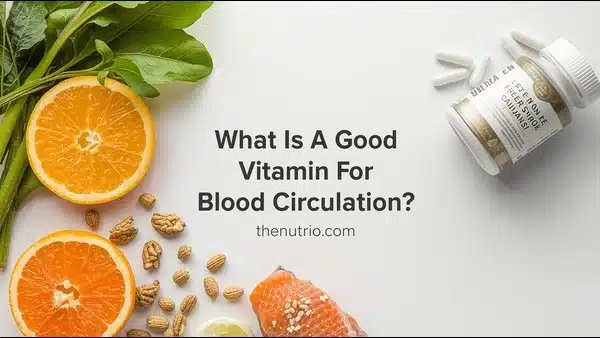
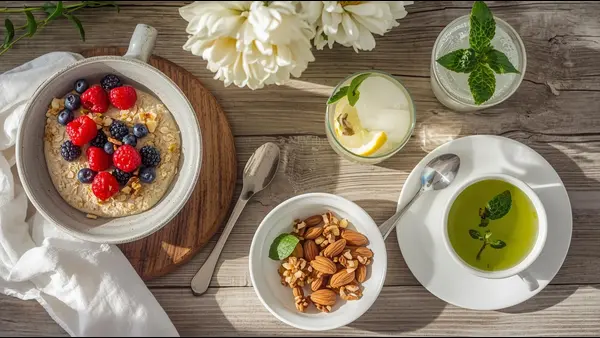
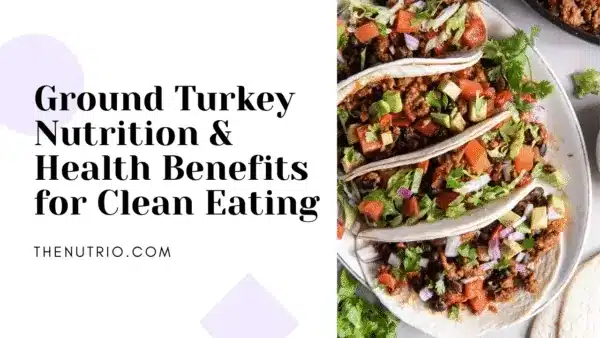
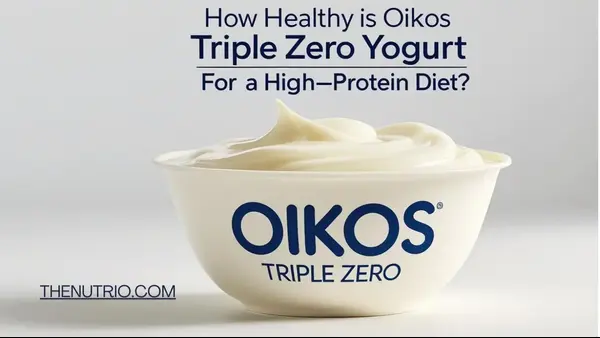
![[2025] Fats (Lipids): Best Choices for Every Age](https://www.thenutrio.com/wp-content/uploads/2025/09/A-vibrant-hero-image-showing-a-colorful-plate-rich-in-healthy-fats—like-avocado-toast-nuts-olive-oil—paired-with-text-overlay-2025-Fats-Lipids_-Best-Choices-for-Every-Age.-4-min-1-1.webp)
